Home>Furniture & Design>Interior Design Trends>How To Get Permanent Marker Off Glass
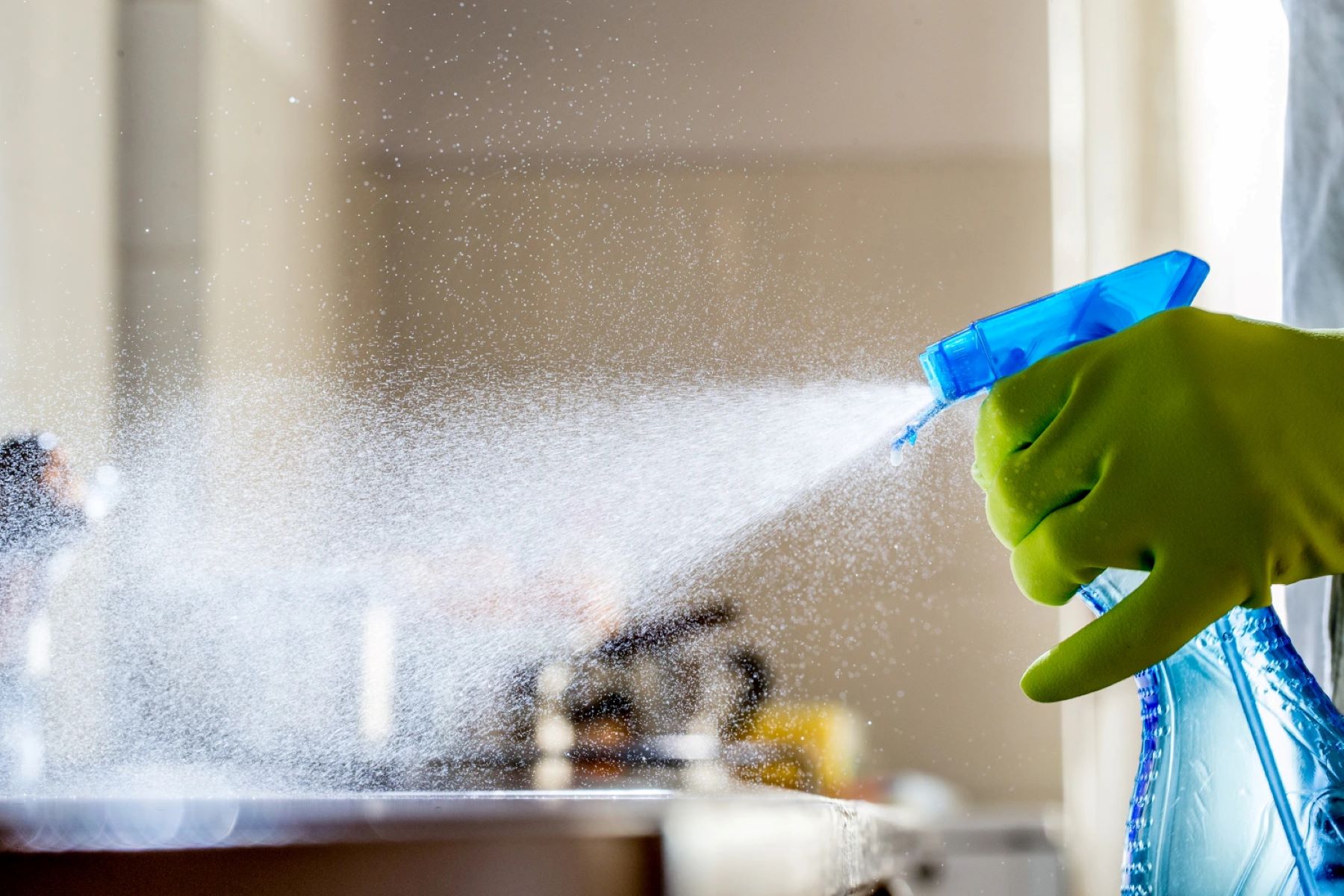

Interior Design Trends
How To Get Permanent Marker Off Glass
Modified: February 18, 2024
Learn how to remove permanent marker from glass with these interior design trends. Discover effective methods for cleaning and restoring glass surfaces.
(Many of the links in this article redirect to a specific reviewed product. Your purchase of these products through affiliate links helps to generate commission for Storables.com, at no extra cost. Learn more)
Introduction
Removing permanent marker stains from glass surfaces can be a daunting task, but with the right techniques and products, it's entirely possible to restore the glass to its pristine condition. Whether it's accidental doodles on a mirror or an unfortunate mishap on a glass window, there are several effective methods for tackling this stubborn issue. In this article, we will explore four proven methods for removing permanent marker from glass, providing you with the knowledge and confidence to address this common household challenge.
Each method offers a unique approach, utilizing readily available household items to effectively eliminate permanent marker stains. From rubbing alcohol and acetone to whiteboard markers and a combination of baking soda and toothpaste, these techniques cater to different preferences and resources. By understanding and implementing these methods, you can regain the clarity and cleanliness of your glass surfaces without the need for professional intervention.
As we delve into each method, it's important to approach the task with patience and precision. While the urge to quickly erase the marker stains may be strong, taking the time to follow the steps carefully can yield the best results. Additionally, it's essential to consider the type of glass and its sensitivity to certain cleaning agents, ensuring that the chosen method is suitable for the specific surface.
By exploring these methods, you'll gain valuable insights into the versatility of everyday household items and their potential to remedy unexpected challenges. With a proactive and resourceful approach, you can confidently address permanent marker stains on glass, restoring the visual appeal and functionality of your cherished glass items and surfaces. Let's embark on this journey to discover effective solutions for removing permanent marker from glass, empowering you to conquer this common household dilemma with ease and efficiency.
Key Takeaways:
- Say goodbye to permanent marker stains on glass by using everyday household items like rubbing alcohol, acetone, whiteboard markers, baking soda, and toothpaste. Restore your glass surfaces with ease and efficiency.
- Harness the power of rubbing alcohol, acetone, whiteboard markers, baking soda, and toothpaste to effectively combat stubborn permanent marker stains on glass. Embrace creativity and resourcefulness in household cleaning challenges.
Read more: How To Get Permanent Marker Off A Dresser
Method 1: Using Rubbing Alcohol
One of the most effective and widely used methods for removing permanent marker stains from glass involves the use of rubbing alcohol. This household staple, known for its versatile cleaning properties, can effectively break down the stubborn pigments of permanent marker ink, facilitating their removal from glass surfaces.
To initiate the process, gather the necessary materials, including a bottle of rubbing alcohol, cotton balls or pads, and a clean, lint-free cloth. Begin by saturating a cotton ball or pad with rubbing alcohol, ensuring that it is sufficiently damp but not dripping. With gentle yet firm pressure, carefully dab the affected areas of the glass, allowing the rubbing alcohol to penetrate the marker stains.
As the rubbing alcohol interacts with the permanent marker ink, you may notice the ink beginning to dissolve and loosen its grip on the glass surface. This gradual breakdown is a promising sign of the method's effectiveness. Continue to dab and gently rub the stained areas, periodically replenishing the rubbing alcohol on the cotton ball or pad as needed.
Once the marker stains have visibly diminished or loosened, use a clean cloth to wipe the treated areas, removing the dissolved ink and residual rubbing alcohol. It's important to ensure that the cloth is free of lint or debris to prevent any additional marks or streaks on the glass.
In some cases, particularly stubborn or older marker stains may require multiple applications of rubbing alcohol to achieve the desired results. Patience and persistence are key during this process, as thorough treatment can effectively eliminate even the most resilient marker stains.
After completing the rubbing alcohol treatment, inspect the glass surface to assess the outcome. If any faint traces of marker stains persist, consider repeating the process or exploring alternative methods to further address the remaining marks.
By harnessing the power of rubbing alcohol, you can effectively combat permanent marker stains on glass, restoring the clarity and pristine appearance of the affected surfaces. This method exemplifies the remarkable cleaning potential of everyday household items, offering a practical and accessible solution to a common household challenge.
Method 2: Using Acetone
Acetone, known for its potent solvent properties, is a highly effective solution for removing stubborn permanent marker stains from glass surfaces. This method harnesses the powerful dissolving capabilities of acetone to break down the resilient ink pigments, facilitating their removal with relative ease.
To initiate the process, gather the necessary materials, including acetone, a cotton ball or pad, and a clean, lint-free cloth. It's important to handle acetone with care, ensuring adequate ventilation and avoiding direct contact with skin and eyes. Additionally, consider wearing protective gloves to safeguard your skin during the application.
Begin by saturating a cotton ball or pad with a moderate amount of acetone, ensuring that it is sufficiently damp but not dripping. With precision and caution, carefully apply the acetone-soaked cotton ball to the affected areas of the glass, allowing the potent solvent to interact with the permanent marker stains.
As the acetone penetrates the marker stains, you may observe the ink beginning to dissolve and release its grip on the glass surface. This gradual breakdown is a promising indication of the method's effectiveness. Exercise patience and precision as you continue to apply the acetone, ensuring thorough coverage of the stained areas.
Periodically replenish the acetone on the cotton ball or pad as needed, maintaining a consistent and thorough approach to treating the marker stains. As the ink pigments dissolve, you may notice them transferring onto the cotton ball, indicating the successful removal of the stains from the glass surface.
Once the marker stains have visibly diminished or dissolved, use a clean cloth to gently wipe the treated areas, removing the dissolved ink and residual acetone. It's crucial to ensure that the cloth is free of lint or debris to prevent any additional marks or streaks on the glass.
After completing the acetone treatment, carefully inspect the glass surface to evaluate the outcome. If any faint traces of marker stains persist, consider repeating the process or exploring alternative methods to further address the remaining marks.
By leveraging the potent solvent properties of acetone, you can effectively eliminate permanent marker stains from glass, restoring the pristine appearance and functionality of the affected surfaces. This method exemplifies the remarkable cleaning potential of readily available household items, offering a practical and accessible solution to a common household challenge.
Try using rubbing alcohol or nail polish remover on a cotton ball to gently dab at the permanent marker on the glass. Be sure to test a small area first to ensure it won’t damage the glass.
Method 3: Using Whiteboard Marker
Utilizing a whiteboard marker to remove permanent marker stains from glass may seem counterintuitive, but this unconventional method has proven to be remarkably effective. The chemical properties of the whiteboard marker ink can interact with the permanent marker ink, facilitating its removal from the glass surface.
To initiate this method, gather a whiteboard marker in a contrasting color to the permanent marker stains, a clean, lint-free cloth, and potentially a whiteboard eraser for larger surface areas. It's important to select a whiteboard marker color that provides a stark contrast to the permanent marker stains, enhancing the visibility of the removal process.
Begin by carefully outlining the permanent marker stains on the glass with the whiteboard marker, effectively covering the affected areas with the contrasting ink. This initial application serves to create a layer of whiteboard marker ink over the permanent marker stains, setting the stage for their subsequent removal.
Once the permanent marker stains are fully outlined and covered with the whiteboard marker ink, allow the ink to set for a brief period, typically a minute or two. This brief waiting period enables the chemical interaction between the two types of ink, facilitating the subsequent removal of the permanent marker stains.
After the waiting period, use a clean, lint-free cloth or a whiteboard eraser to gently wipe away the whiteboard marker ink, along with the embedded permanent marker stains. As the contrasting ink is lifted from the glass surface, it effectively carries the permanent marker ink with it, resulting in the gradual removal of the stains.
Throughout the wiping process, it's essential to exercise patience and precision, ensuring thorough coverage and gentle yet consistent pressure. Depending on the extent of the permanent marker stains, multiple applications of the whiteboard marker and subsequent removal may be necessary to achieve the desired results.
Upon completing the removal process, carefully inspect the glass surface to evaluate the outcome. If any faint traces of permanent marker stains persist, consider repeating the method or exploring alternative techniques to further address the remaining marks.
By harnessing the chemical interaction between whiteboard marker ink and permanent marker stains, you can effectively eliminate the stubborn marks from glass surfaces, restoring their pristine appearance. This method showcases the innovative and resourceful nature of household items, offering a unique and accessible solution to a common cleaning challenge.
Method 4: Using Baking Soda and Toothpaste
When it comes to removing stubborn permanent marker stains from glass surfaces, the combination of baking soda and toothpaste offers a surprisingly effective and accessible solution. This method harnesses the gentle abrasive properties of baking soda and the cleansing action of toothpaste to effectively break down and lift the resilient ink pigments from the glass, restoring its pristine appearance.
To initiate this method, gather the necessary materials, including baking soda, white toothpaste (avoiding gel-based formulas), a soft-bristled toothbrush, and a clean, lint-free cloth. The mild abrasive nature of baking soda, combined with the cleansing properties of toothpaste, creates a potent yet gentle cleaning solution suitable for addressing permanent marker stains on glass.
Begin by creating a paste-like mixture by combining a small amount of baking soda with an equal portion of toothpaste. The resulting mixture should exhibit a thick and spreadable consistency, ensuring optimal adherence to the glass surface during the application process.
Using the soft-bristled toothbrush, carefully apply the baking soda and toothpaste mixture to the permanent marker stains on the glass, ensuring thorough coverage of the affected areas. Employ gentle yet deliberate circular motions to effectively work the mixture into the stained areas, allowing the abrasive action of the baking soda to begin breaking down the ink pigments.
As the mixture interacts with the permanent marker stains, you may notice the gradual loosening and dissolving of the ink pigments, signifying the method's effectiveness. Exercise patience and precision as you continue to gently scrub the stained areas, ensuring comprehensive treatment to facilitate the removal of the stubborn marks.
After thoroughly treating the permanent marker stains, use a clean, lint-free cloth to gently wipe away the baking soda and toothpaste mixture, along with the dissolved ink and residual residue. It's essential to ensure that the cloth is free of lint or debris to prevent any additional marks or streaks on the glass.
Upon completing the treatment, carefully inspect the glass surface to evaluate the outcome. If any faint traces of permanent marker stains persist, consider repeating the method or exploring alternative techniques to further address the remaining marks.
By leveraging the combined cleansing and abrasive properties of baking soda and toothpaste, you can effectively eliminate permanent marker stains from glass, restoring its clarity and pristine appearance. This method exemplifies the innovative and resourceful nature of household items, offering a unique and accessible solution to a common cleaning challenge.
Read more: How To Get Permanent Marker Out Of A Carpet
Conclusion
In the realm of household cleaning challenges, the presence of permanent marker stains on glass surfaces can be a source of frustration and concern. However, armed with the knowledge and insights gained from exploring the four effective methods for removing permanent marker from glass, you are now equipped to address this common dilemma with confidence and efficiency.
The journey through these methods has underscored the remarkable versatility and efficacy of everyday household items in combating stubborn stains. From the potent solvent properties of acetone to the chemical interaction between whiteboard marker ink and permanent marker stains, each method offers a unique approach, catering to diverse preferences and resources. The utilization of rubbing alcohol and the combination of baking soda and toothpaste further exemplify the innovative and accessible solutions that can be harnessed to restore the pristine appearance of glass surfaces.
As you embark on the task of removing permanent marker stains from glass, it's essential to approach the process with patience, precision, and a proactive mindset. Thoroughly assessing the type of glass and its sensitivity to cleaning agents, as well as exercising caution when handling potent solvents, are crucial considerations that contribute to the successful implementation of these methods.
Furthermore, the significance of persistence and attention to detail cannot be overstated. While some marker stains may yield to a single application of the chosen method, others may require multiple treatments to achieve the desired results. By embracing a methodical and diligent approach, you can effectively navigate through the removal process, ultimately restoring the clarity and visual appeal of your cherished glass items and surfaces.
In conclusion, the exploration of these methods serves as a testament to the ingenuity and resourcefulness inherent in everyday household items. By harnessing the cleaning potential of rubbing alcohol, acetone, whiteboard markers, baking soda, and toothpaste, you have gained valuable insights into the diverse solutions available for addressing permanent marker stains on glass. Armed with this knowledge, you are well-prepared to tackle this common household challenge, empowering you to restore the pristine condition of glass surfaces with ease and efficiency.
Frequently Asked Questions about How To Get Permanent Marker Off Glass
Was this page helpful?
At Storables.com, we guarantee accurate and reliable information. Our content, validated by Expert Board Contributors, is crafted following stringent Editorial Policies. We're committed to providing you with well-researched, expert-backed insights for all your informational needs.
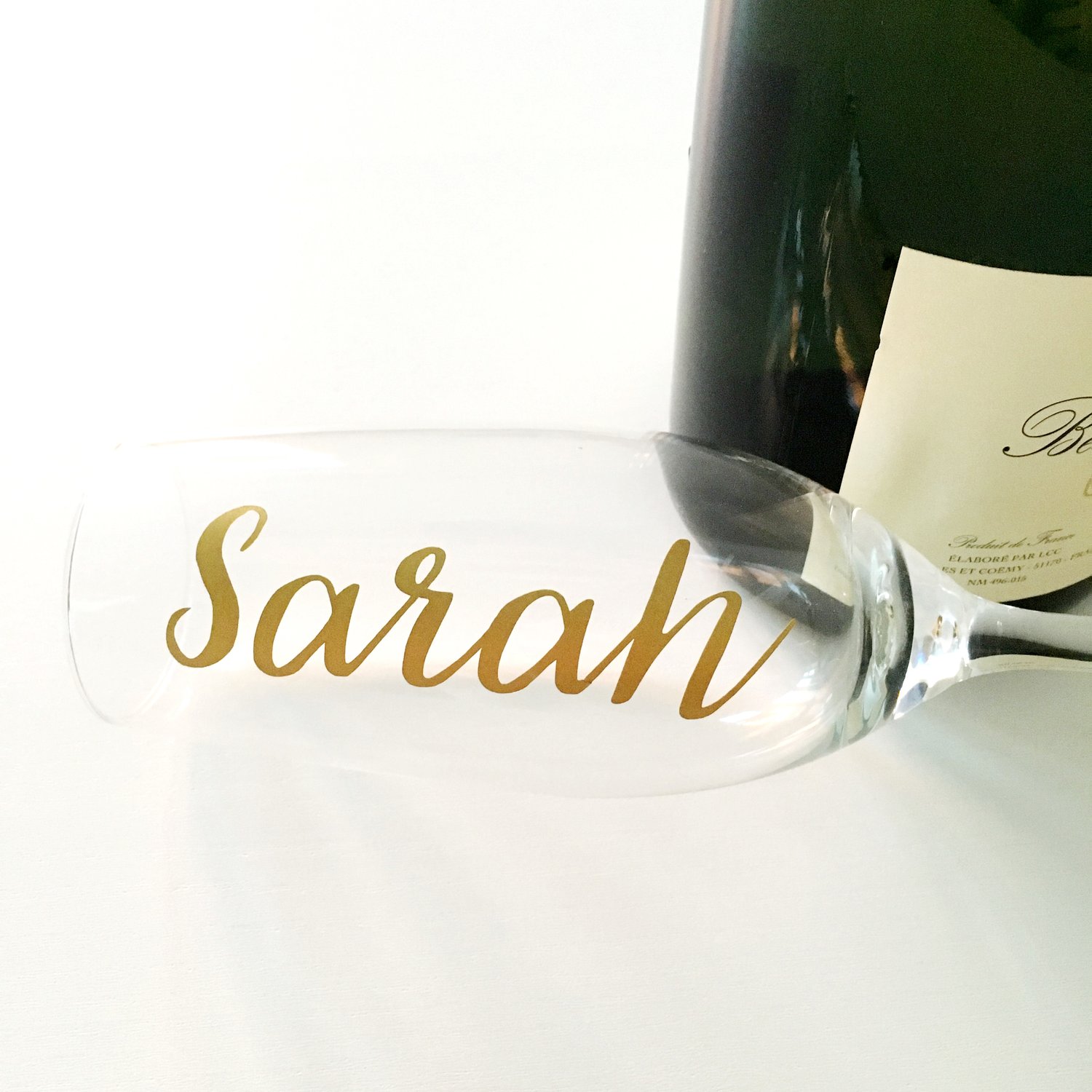
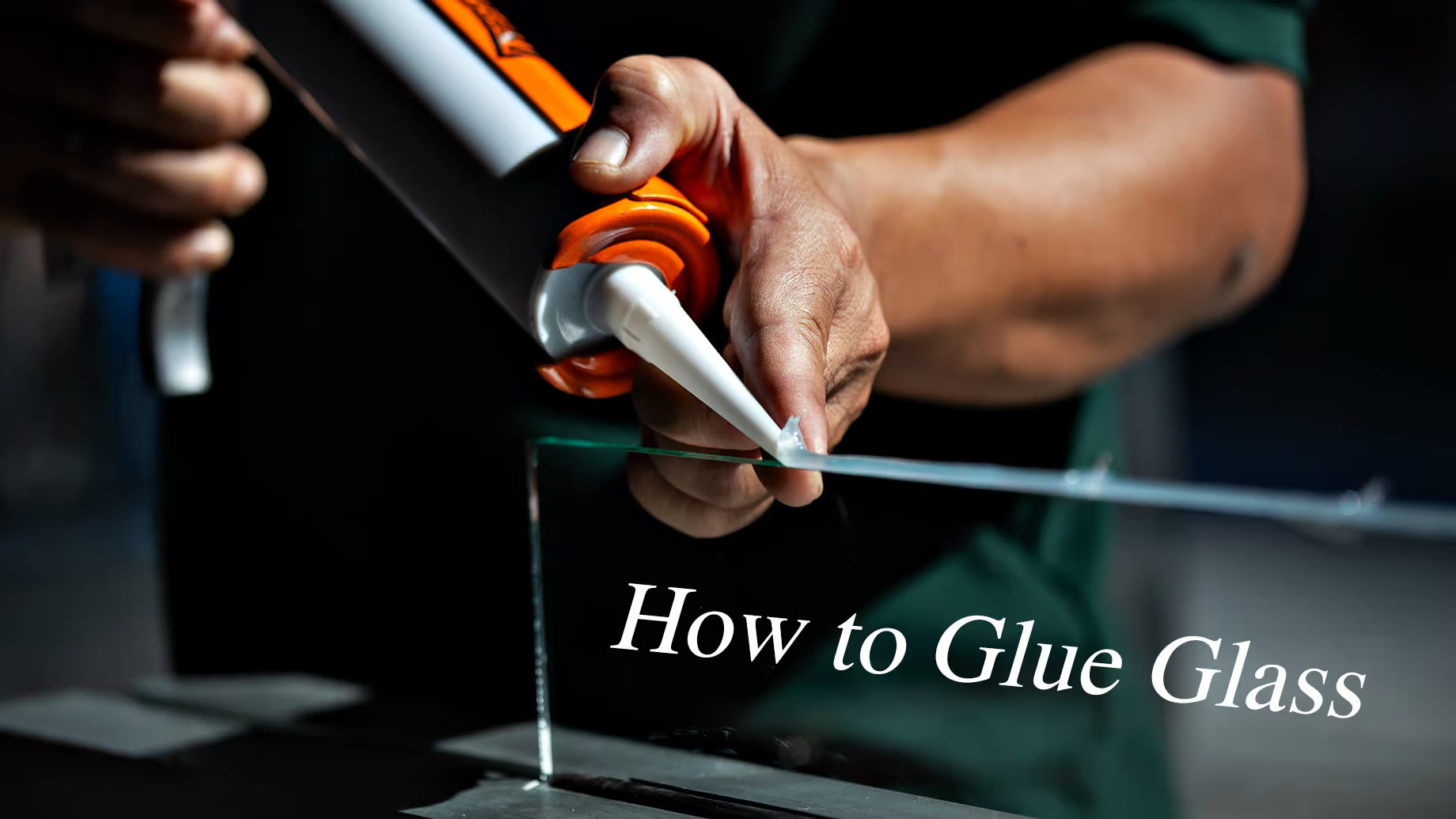
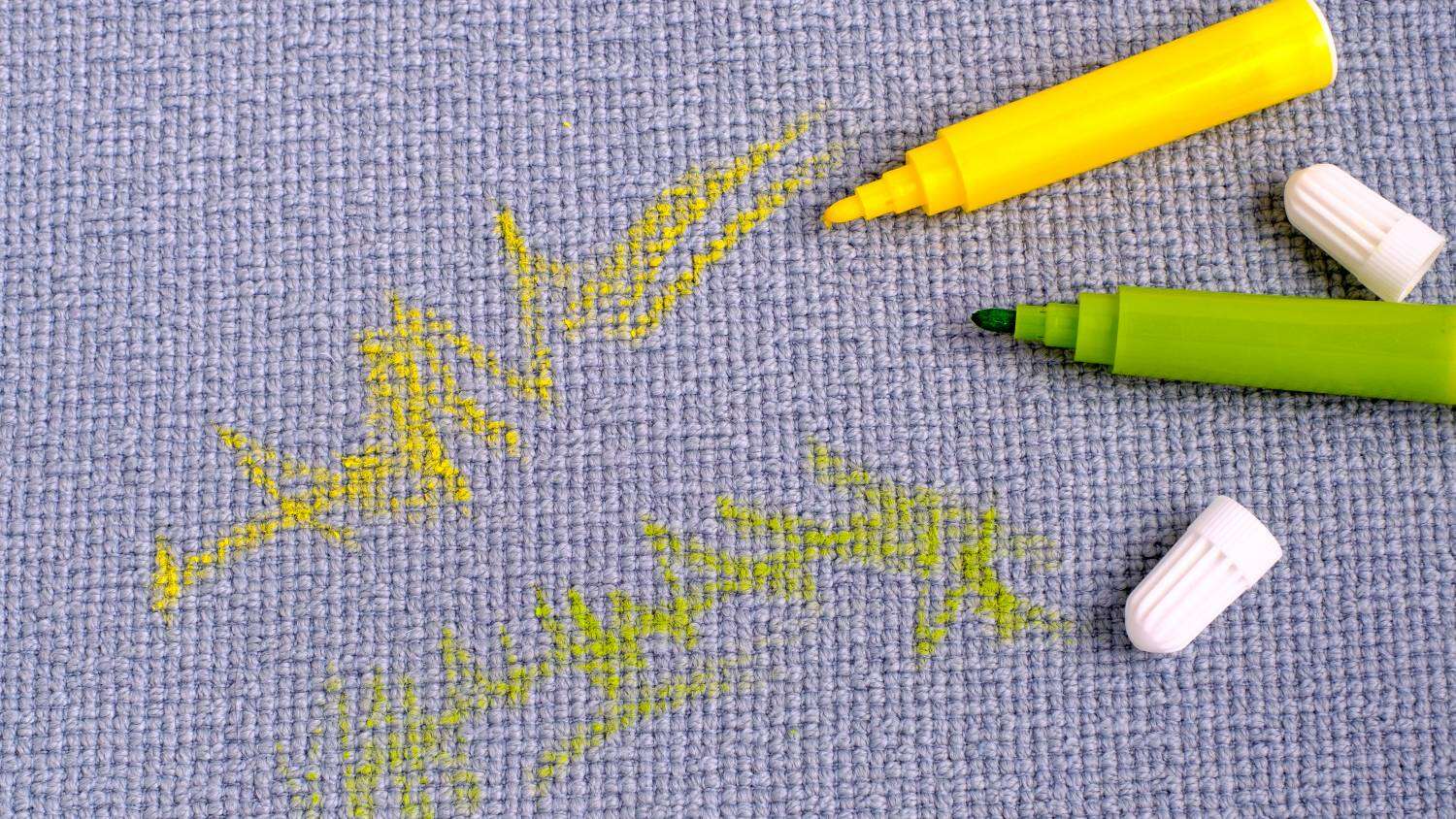
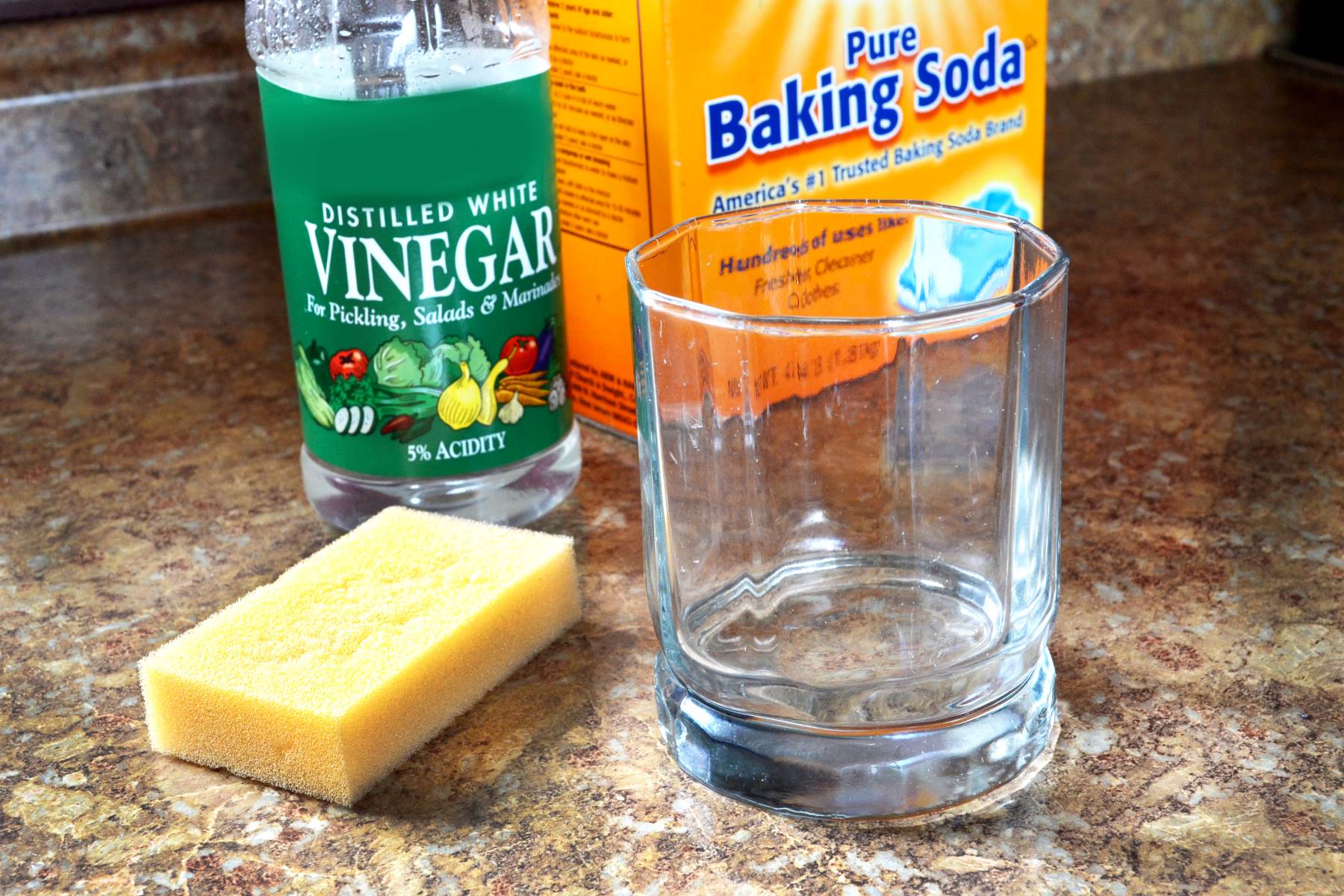
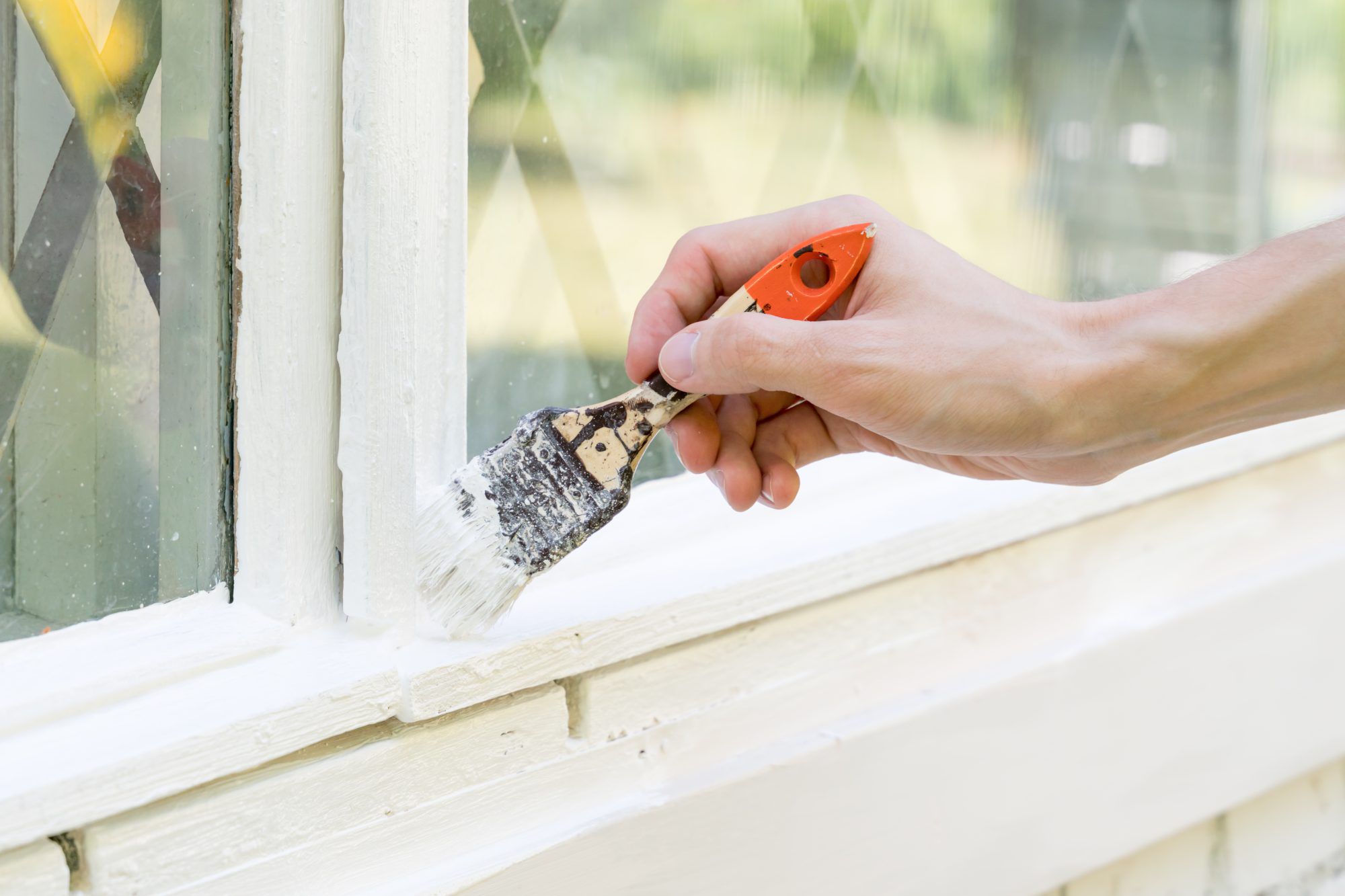
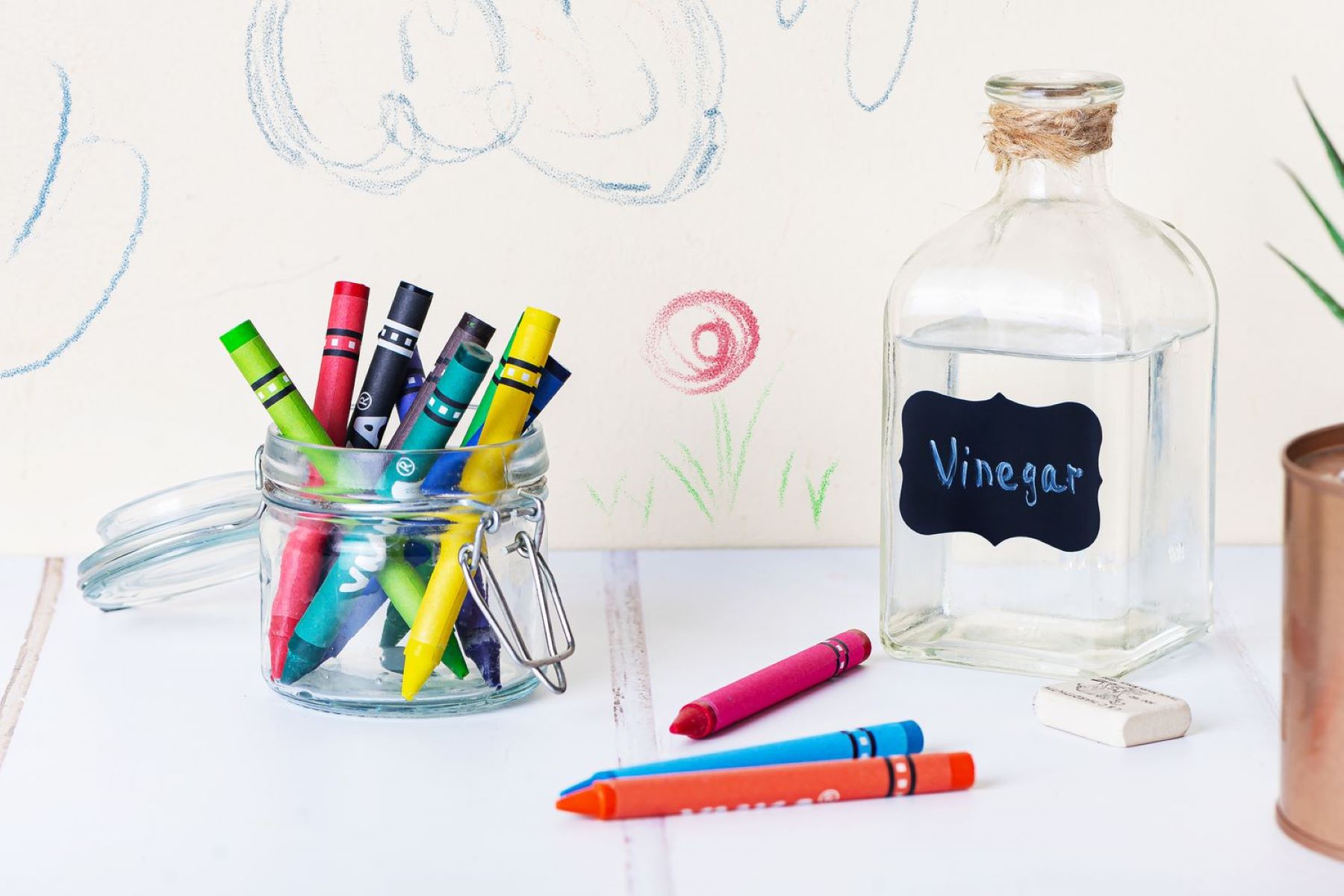
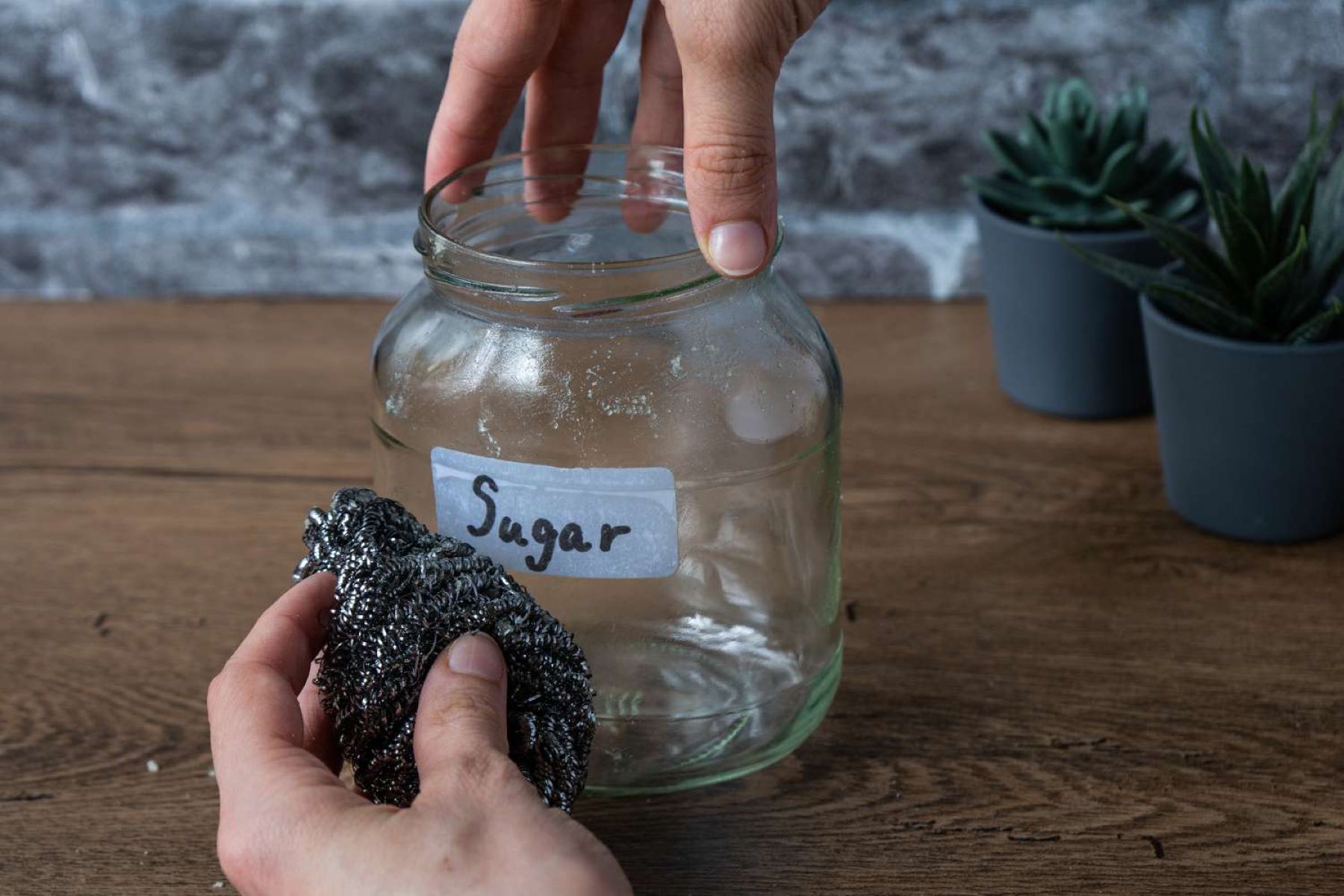
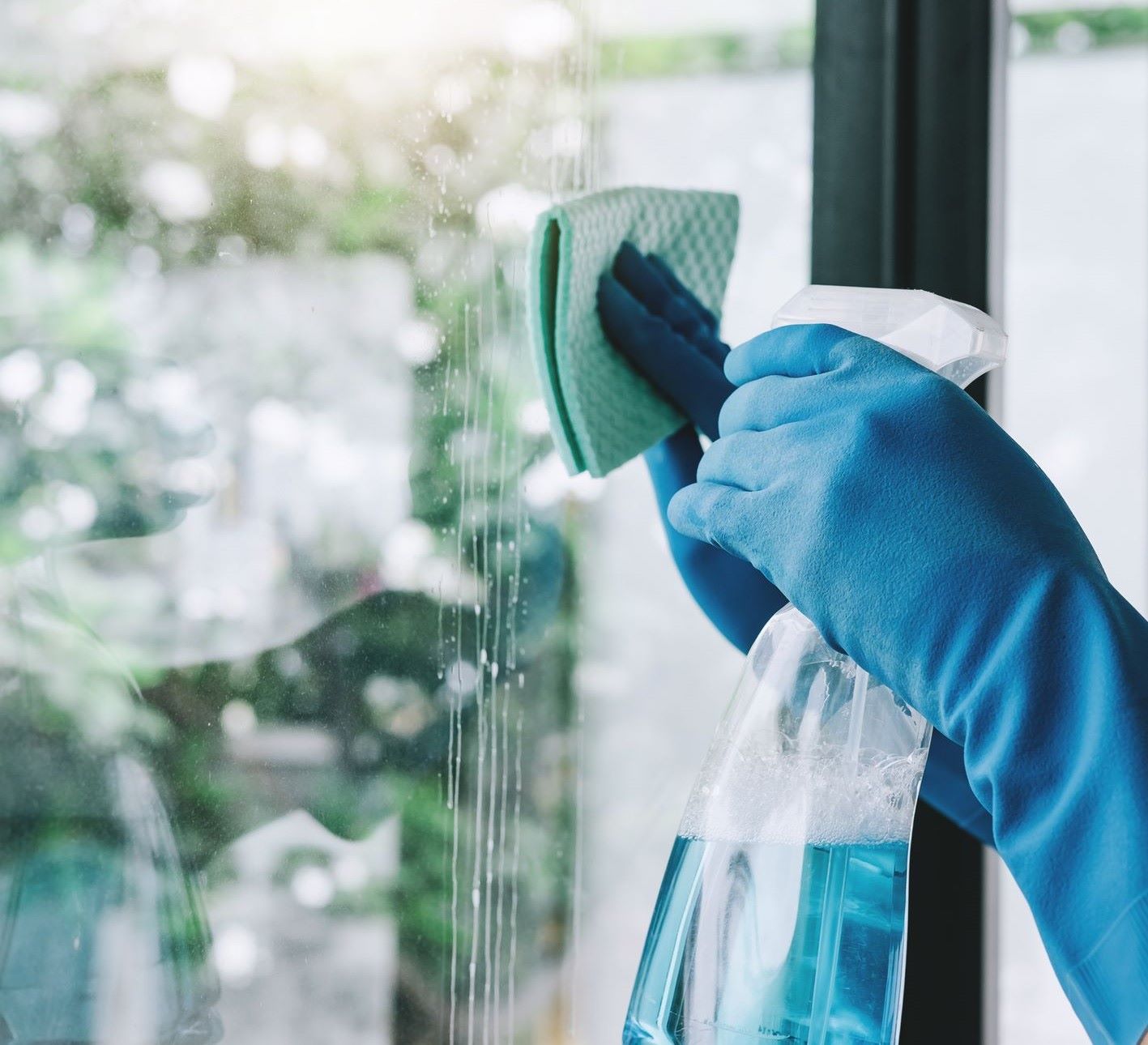
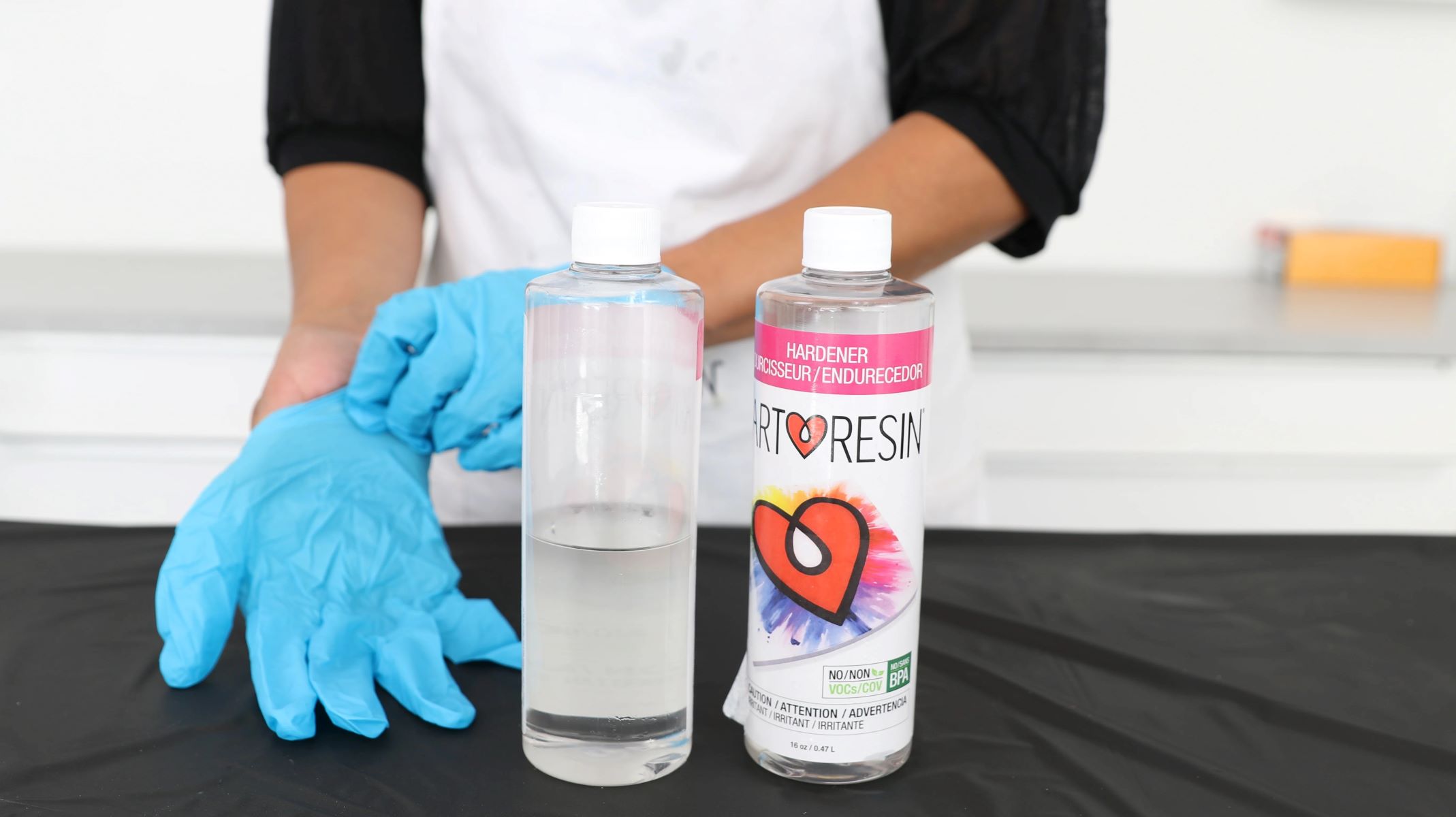
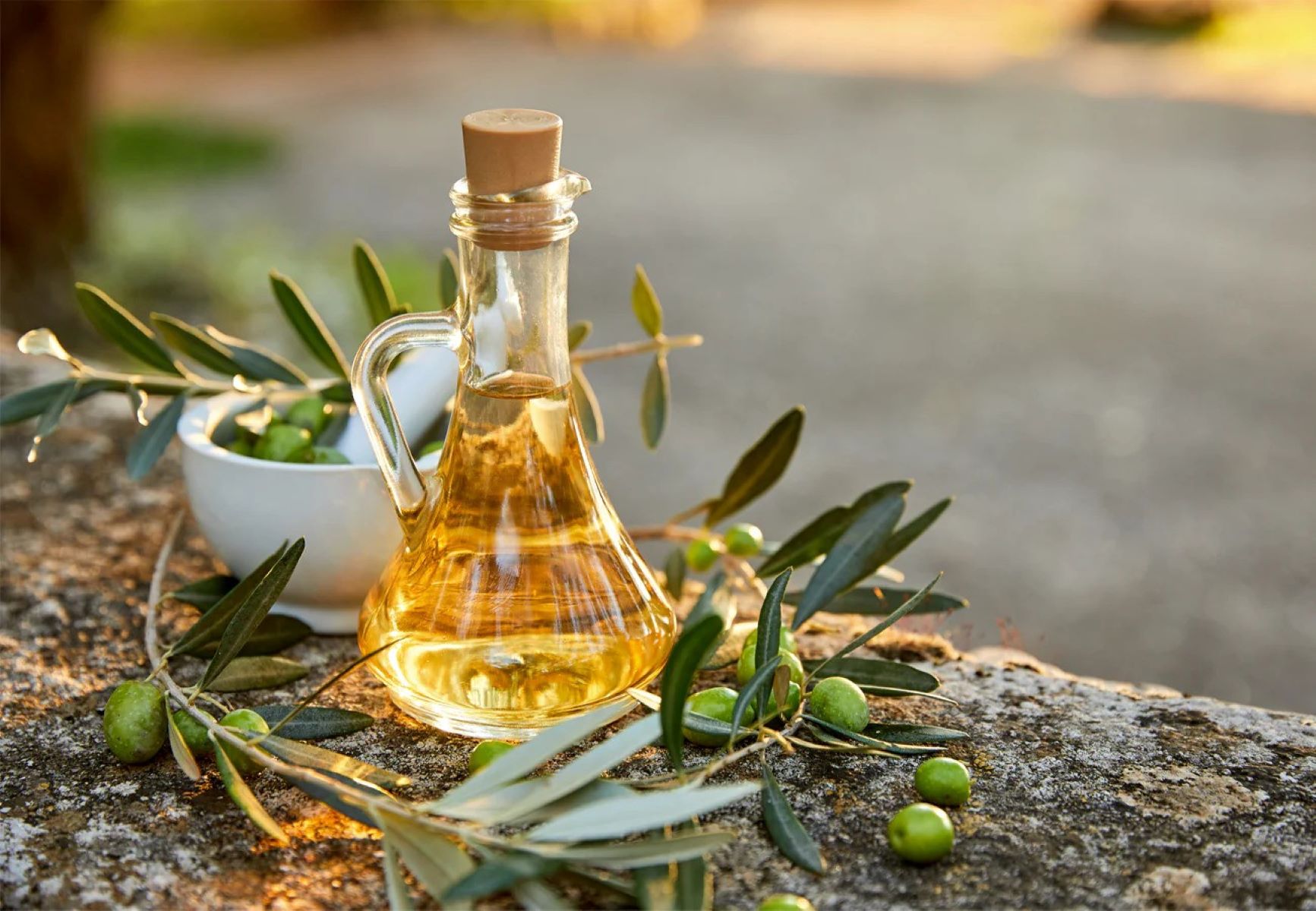
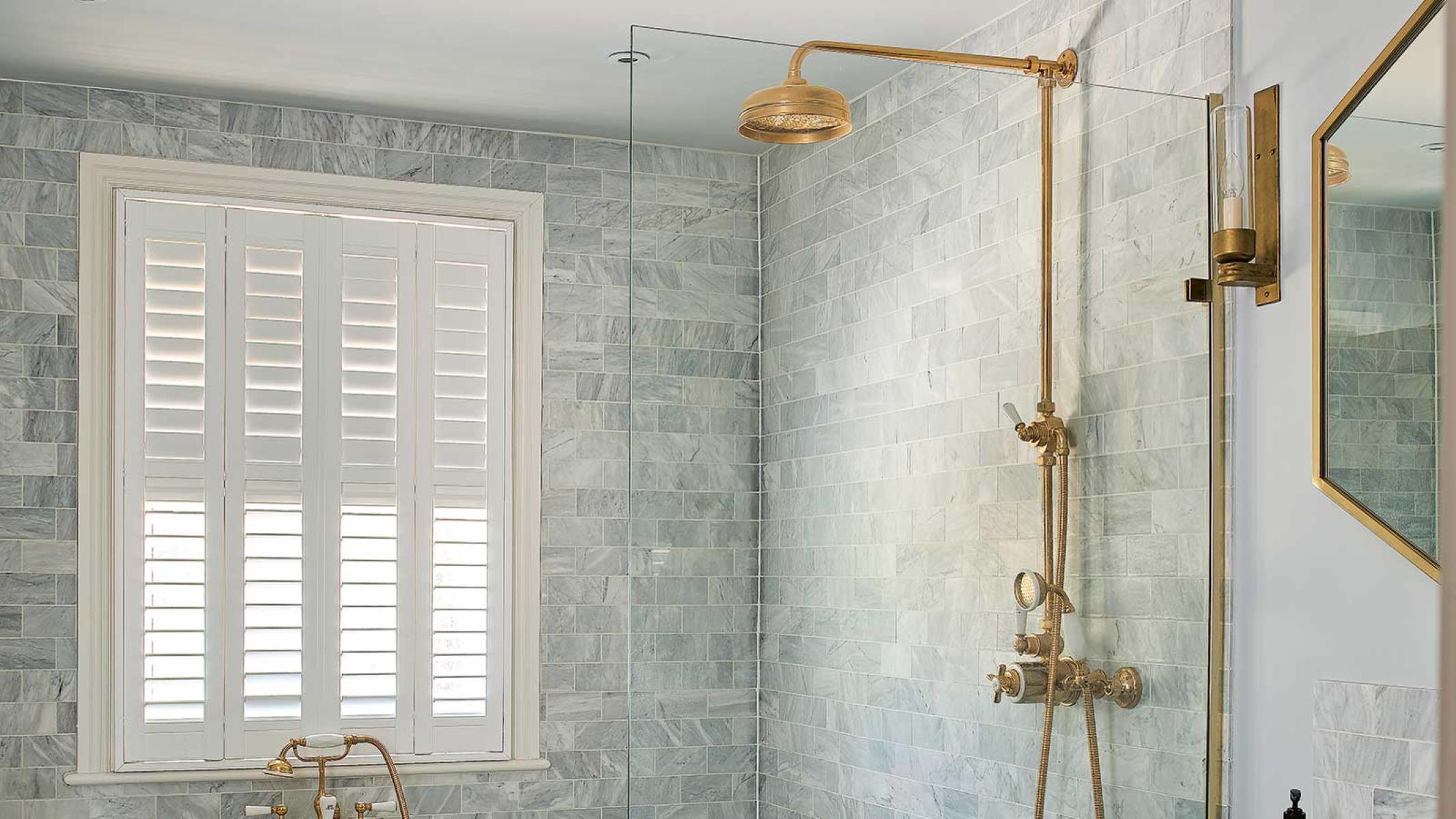
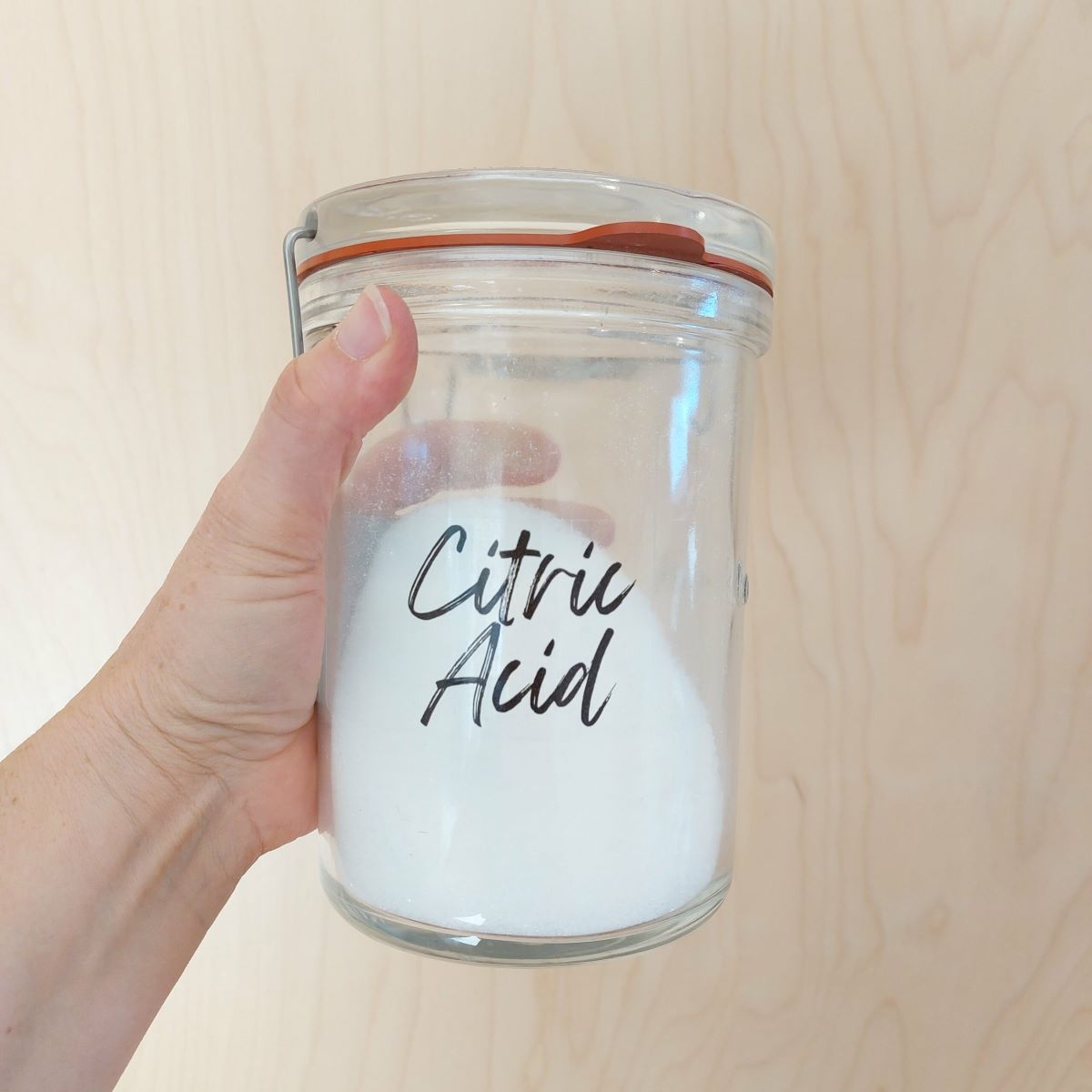

0 thoughts on “How To Get Permanent Marker Off Glass”